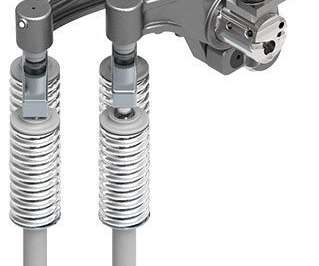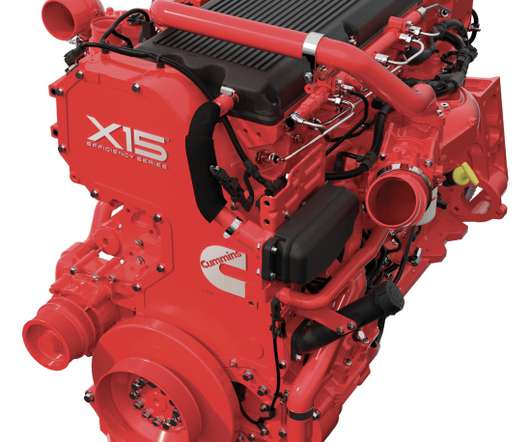ORNL study quantifies fuel economy costs of common driver practices and vehicle alterations
Green Car Congress
APRIL 10, 2014
Researchers at Oak Ridge National Laboratory (ORNL) have quantified the fuel economy effects of some common driver practices and vehicle accessories or alterations—including underinflated tires, open windows, and rooftop and hitch-mounted cargo. They presented their results in a paper at SAE 2014 World Congress in Detroit.






































Let's personalize your content